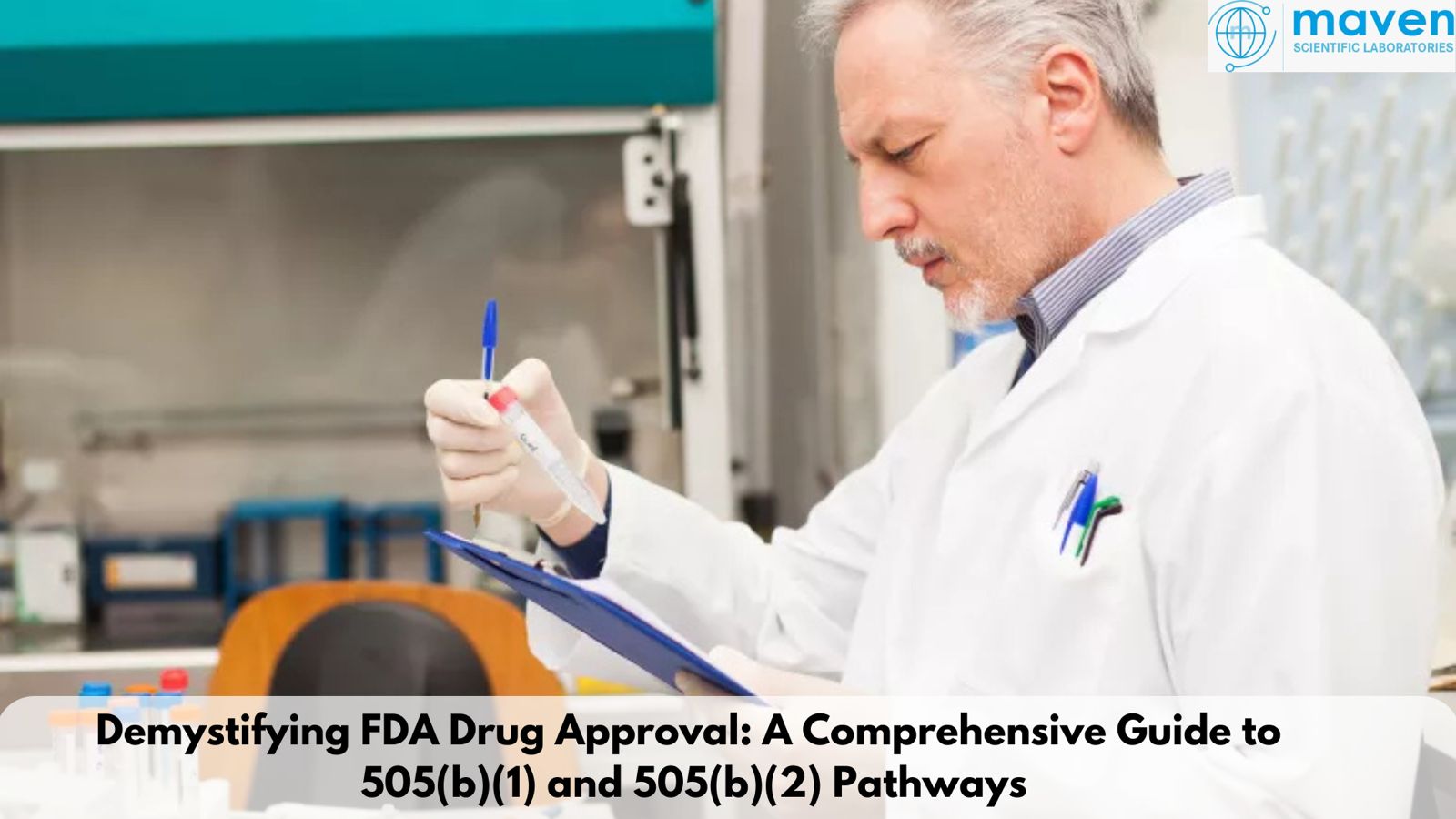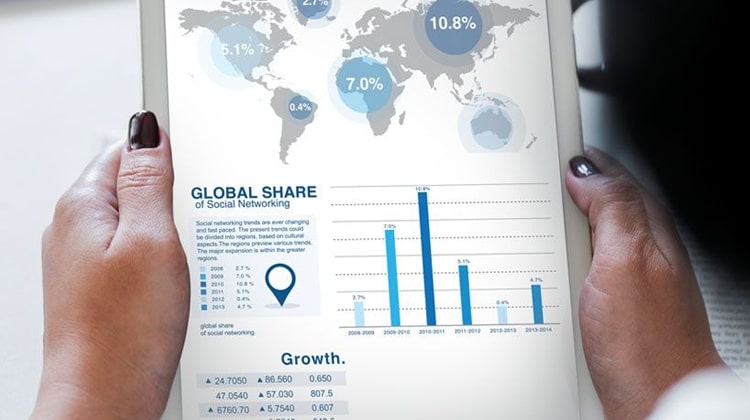
Demystifying FDA Drug Approval: A Comprehensive Guide To 505(b)(1) And 505(b)(2) Pathways
Navigating the FDA’s drug approval pathways is crucial for pharmaceutical companies aiming to bring new drugs to market efficiently. The 505(b)(1) and 505(b)(2) pathways serve as two primary routes under Section 505 of the Federal Food, Drug, and Cosmetic Act, each designed for different types of drug development scenarios. This guide provides a comprehensive overview of these pathways, highlighting their key features, differences, and the support available from Maven for successful navigation through the approval process.
505(b)(1): The Standalone New Drug Application (NDA)
The 505(b)(1) application is a traditional New Drug Application (NDA) that requires comprehensive safety and efficacy data derived from studies conducted by or for the applicant. This pathway is typically used for:
- New Molecular Entities (NMEs): Drugs containing active ingredients not previously approved by the FDA.
- New Combinations or Indications: Drugs that offer new therapeutic uses or formulations.
Key Features of the 505(b)(1) Pathway
- Comprehensive Data Requirements: Applicants must submit extensive clinical and preclinical data, including pharmacology, toxicology, and clinical trial results.
- Original Research: All data must originate from studies conducted directly by the applicant or under their sponsorship.
Maven's Support for 505(b)(1) Applications
Maven provides extensive support throughout the 505(b)(1) application process:
- Study Design and Execution: Collaborating with clients to design robust studies that meet regulatory expectations.
- Regulatory Strategy Development: Crafting tailored strategies to navigate the pathway efficiently while ensuring compliance with FDA standards.
- Documentation and Submission: Managing the documentation process, including IND applications and NDA dossiers.
- Post-Submission Support: Addressing FDA queries and facilitating interactions during the review process.
505(b)(2): The Streamlined Approach Leveraging Existing Data
The 505(b)(2) pathway allows applicants to leverage existing data, such as published literature or previous FDA findings. This route is ideal for:
- Modification of Existing Drugs: Products that change formulation, indications, or routes of administration based on previously approved drugs.
Key Features of the 505(b)(2) Pathway
- Reduced Data Burden: Applicants can minimize duplicative research by utilizing existing studies.
- Flexibility: Accommodates innovations in approved products, such as new delivery mechanisms or dosage forms.
Maven's Support for 505(b)(2) Applications
Maven provides comprehensive support for navigating the 505(b)(2) pathway:
- Data Utilization and Analysis: Identifying existing data to support applications and performing gap analyses to determine additional study needs.
- Strategic Planning: Developing regulatory strategies that align with FDA requirements while considering permissible deviations from Reference Listed Drugs (RLD).
- Study Design for Gaps: Designing focused studies where existing data is insufficient.
- Submission Excellence: Handling dossier preparation to meet FDA standards efficiently.
- Regulatory Communication: Acting as a liaison with the FDA throughout the review process.
Comparative Insights: 505(b)(1) vs. 505(b)(2)
|
Feature |
505(b)(1) |
505(b)(2) |
|
Data Requirements |
Full reports from original studies |
Combination of original and external data |
|
Innovation |
New molecular entities or combinations |
Modified versions of approved drugs |
|
Regulatory Timeline |
Longer due to extensive studies |
Shorter, leveraging existing data |
|
Cost |
Higher due to full data requirements |
Lower, depending on data availability |
Navigating the 505(b)(2) Submission Process
The submission journey for a 505(b)(2) application involves several critical steps:
- Candidate Identification: Identifying drug products suitable for the 505(b)(2) process is essential. Candidates should demonstrate documented market differentiation and low development risk.
- Candidate Assessment: Evaluating potential candidates based on their pharmacokinetic (PK) profiles and ensuring they present favourable characteristics compared to innovator products.
- Product Planning: Developing a comprehensive plan that outlines formulation development and necessary studies.
- Pre-IND Meeting with FDA: Engaging in discussions with the FDA to secure guidance on planned studies and development strategies. This step is crucial for minimizing new study requirements.
Case Study: Successful 505(b)(2) Application for a Reformulated Drug
A mid-sized pharmaceutical company aimed to reformulate an existing pain medication into an extended-release tablet. The product had an already approved RLD.
Challenge
The company needed to demonstrate safety and efficacy while minimizing additional clinical investigations.
Maven's Role
- Conducted a comprehensive review of existing literature to identify data gaps.
- Designed bridging studies focused on pharmacokinetics for the new formulation.
- Developed a tailored regulatory strategy, including permissible labelling changes.
- Prepared and submitted the 505(b)(2) application, addressing FDA queries promptly.
Outcome
The application was approved within a shortened review timeline, allowing the company to successfully launch the product in the market.
Conclusion
Understanding the nuances of the 505(b)(1) and 505(b)(2) pathways is crucial for pharmaceutical companies navigating FDA approval processes. While the 505(b)(1) pathway is suited for groundbreaking innovations requiring extensive data, the 505(b)(2) pathway offers a streamlined route for products leveraging existing data. Maven's expertise ensures that applications meet FDA standards while optimizing timelines and costs, making it a valuable partner in drug development. By choosing Maven, companies can effectively navigate these complex pathways to bring innovative and reformulated products to market efficiently.







